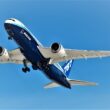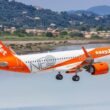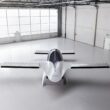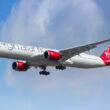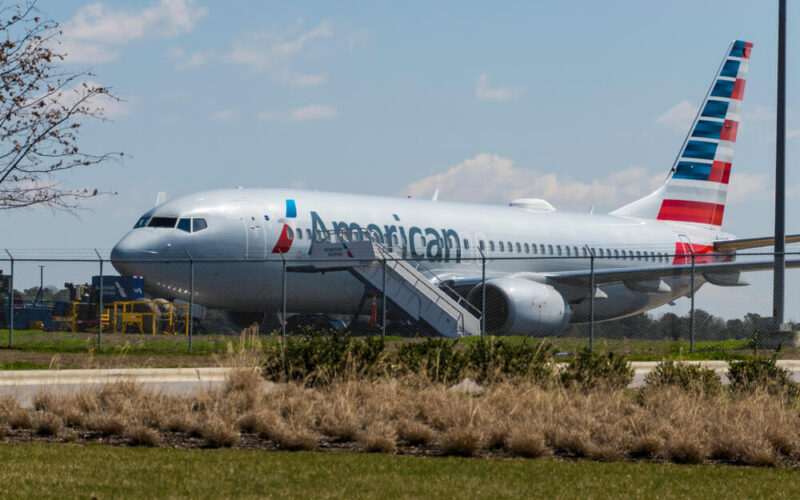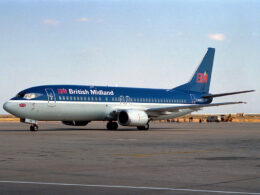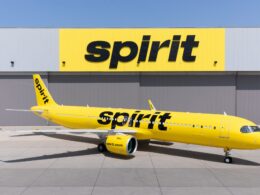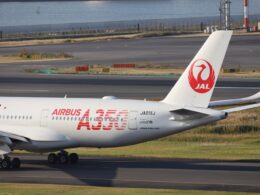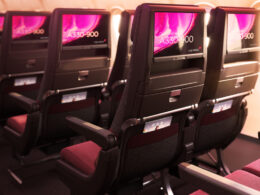Throughout the past year or so, no other combination of words dominated the headlines like the Boeing 737 MAX. However, the biggest crisis in aviation’s history overshadowed the still-grounded jet’s story, as the aerospace industry struggled to grasp the aftermath of the coronacrisis. But the blessing in disguise might now turn into another headache for airlines and Boeing itself, as the plane gets closer to its recertification.
The sector is in an unprecedented crisis, with no certainty in sight. While previously airlines took up debt in order to expand and grow, now, cash has become the most important asset. Airlines were and still are stuck in a Catch-22 situation: they need cash, but as credit ratings are downgraded, banks are wary to give out loans. State aid, in the form of direct help and state-guaranteed loans, has become the floatation device to help ensure carriers would stay afloat.
Seemingly, state aid was given out left and right to ensure that connectivity remains during and after the crisis. Even the airlines that struggled before the crisis were given a second chance at a successful life. Alitalia was re-nationalized, Norwegian secured enough cash to keep running, Virgin Australia had watched a bitter battle for who will take over the airline, and so on.
Behind the doom and gloom of the coronacrisis, the Boeing 737 MAX completed its initial round of certification flights. The flights marked an important milestone in the aircraft’s planned return to service, which is planned to happen in the upcoming autumn months.
Change of tone
But very few customers are looking forward to throwing a party for the return of the Boeing 737 MAX, especially welcoming new orders.
Despite the numerous state aid, drawn credit facilities, and other liquidity bolstering measures, airlines are not looking forward to spending cash. After all, forward-looking bookings are at an all-time low. According to the International Air Transportation Association (IATA) data, overall bookings are down 82% in June 2020 compared to the same period last year. Bookings in November 2020 are down 59%, during a more difficult period for companies due to the seasonal nature of the industry.
Cash is and will be king for the immediate future and welcoming new aircraft, as airlines usually pay the bulk of the sum upon delivery, is a sure-fire way to dethrone the king. Of course, such options as switching to sale-and-leaseback upon deliveries are available, however, it still requires cash to pay to use the asset, namely an aircraft. Furthermore, a new aircraft would add additional capacity in a time, where capacity is non-essential.
“The customer is making an initial down payment, upon which we are taking the order in our order book and start when nearing, the production process. There are more down payments to be made over the production process and a final one upon delivery,” stated Stefan Schaffrath, a spokesperson for Airbus, describing the payment process for an aircraft.
“The amounts and timings vary from customer to customer and are subject to the confidential negotiated agreements within the contract,” added Schaffrath.
AeroTime News contacted Boeing for comment on their payment for aircraft process.
American Airlines, (A1G) (AAL) for example, indicated in its Q2 2019 call that the Boeing 737 MAX groundings would cost them $540 million of pre-tax income, based on lost revenue due to the reduction in the airline’s capacity.
Now, the airline, much like everyone else around the world, had to respond to the coronavirus pandemic and its devastating effect upon the demand for air travel. In April and May, the system-wide capacity was down 80%, while in June it was 70%, read American Airlines (A1G) (AAL) ’ Q1 2020 financial statements.
The 737 MAX groundings, seemingly went full-circle. From a headache in 2019, as it was grounded just before the peak-yield summer months, to a blessing in disguise as the industry dealt with the COVID-19 travel downfall, to once again an impending headache.
Not enough cash and bleak outlook
The Dallas/Fort-Worth International Airport (DFW)-based airline has told Boeing that it does not have the finances to take up 17 of the narrow-bodies, thus it will reject the deliveries on the units unless American Airlines (A1G) (AAL) secures a way to finance them. The 17 aircraft in question are already built, but are awaiting delivery after the Federal Aviation Administration (FAA) gives the green light to operate them commercially.
In total, American Airlines (A1G) (AAL) has 24 MAXs in its fleet, while a further 76 are on order.
7897 44484 N338ST 737-8 @AmericanAir #737MAX pic.twitter.com/6szkgFl0pm
— Woodys Aeroimages (@AeroimagesChris) June 26, 2020
Two options would save Boeing from a very similar situation that Airbus had with its A320neo aircraft, the main rival of the 737 MAX. Either Boeing Capital, the manufacturer’s financial solution subsidiary, or an aircraft leasing company would provide the capital required to finance the 17 already-built jets, reported CNBC.
Airbus had to sell off six of AirAsia’s already built aircraft in April 2020, as the low-cost carrier was unable to muster up enough cash to take up the deliveries.
Future deliveries are also seemingly under threat. Boeing‘s commercial data indicates that customers reduced the backlog of the Boeing 737 MAX by 615 units as of May 31, 2020. Further orders have been canceled over the past few weeks. Norwegian got rid of its remaining orders from the manufacturer’s books, including 92 MAX aircraft and five Boeing 787 Dreamliners. Avolon, an Ireland-based lessor, slashed another 27 Boeing 737s from its order book after canceling 75 units in April 2020.
A silver lining?
However, not all customers are the same. Ireland’s Ryanair, for one, believes that the still-grounded narrow-body will be key to taking market share above Europe’s skies.
“We think that the MAX aircraft will be key to Ryanair’s ability to drive down operating costs and therefore taking European Union (EU) market share,” stated the Chief Executive Officer (CEO) of Ryanair, Michael O’Leary.
Furthermore, newer aircraft provide the flexibility that older aircraft might not be able to, especially regarding their maintenance. With the current chaos that surrounds the industry, flexibility, seems to be key. IATA stated that passengers book their flights much later. If in May 2019, the percentage of passengers who booked and then proceeded to travel within three days was 18%, in May 2020 that has shifted to 41%. The number of travelers who booked and then flew after 20 or more days dropped from 49% to 29%, meaning that airlines have to be much more flexible in their short-term schedules to correspond with the demand.
Older aircraft might be much closer to their C or D Check times than a spanking-new 737 MAX, for example. Again, with cash being scarce and demand for travel having its fun on a rollercoaster, a priority to spend cash on an asset that could potentially be much more flexible might make more sense.
“During normal times, scheduling downtime for cabin retrofits and/or clearing maintenance deferred defects requires precise planning which must be balanced against removing serviceable aircraft from revenue-generating operations,” a fleet manager with a major airline, who wished to remain anonymous as the company has not authorized the person to speak to media, has told AeroTime News.
“With most aircraft grounded, airline network operations can effectively position the right equipment to fit the required mission,” added the manager. Flexibility is going to become crucial, as the airlines that “can pivot and adapt to meet new revenue-generating opportunities will have a better chance of making it through and coming out on top in a post-COVID-19 world.”
In addition, operational costs must be considered as well. While the average price for Kerosene dropped from $2 per gallon in April 2019 to $0.83 a year later, according to the United States’ Energy Information Administration (EIA), newer engines and aerodynamic changes, like split-tip winglets on the Boeing 737 MAX, do improve fuel-related costs in an economic environment where every cent matters.
Furthermore, with the introduction of the Carbon Offsetting and Reduction Scheme for International Aviation (CORSIA) by the International Civil Aviation Organization (ICAO) in 2021, whereupon airlines would have to offset their emissions, the reduction in CO2 emissions due to the newer engines, would also save some penny. According to Safran Aircraft Engines, one of the joint-makers of the CFM LEAP 1-B on the 737 MAX, the new power plant reduces fuel consumption and CO2 emissions by 15%.

